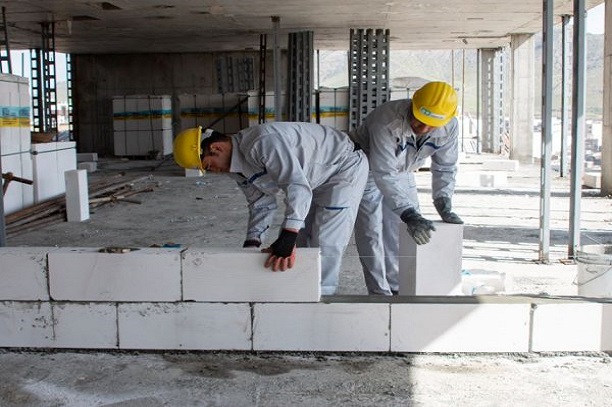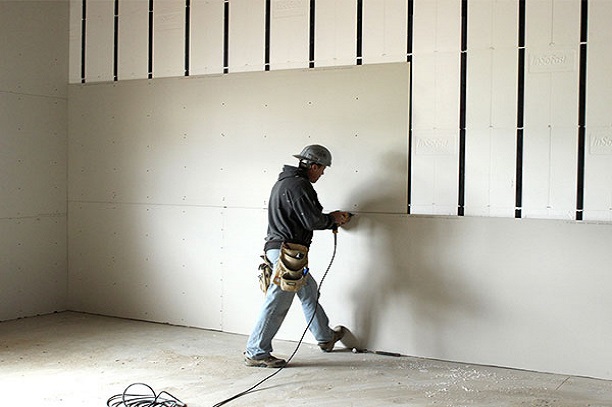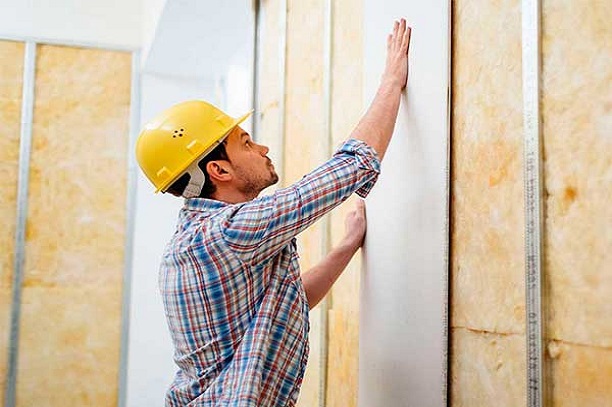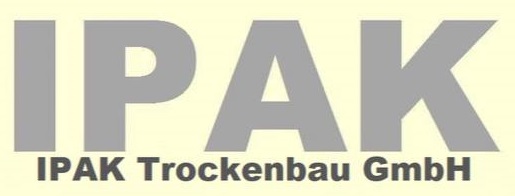Drywall
Execution of drywall and separation of the interior spaces of the house


What is dry wall?
Drywall literally means dry wall and is a widely used term and a familiar name in the construction industry. In the construction industry, dry wall is the opposite of Masonry Wall. In fact, a masonry wall is a wall that is built using traditional materials such as bricks, cement blocks, pottery, mortar, etc.
It is opposite to dry wall, which refers to a wall that is made of plaster or cement sheets and can be installed on the foundation of dry wall with the help of screws, nuts, nails and rivets. In fact, dry walls are a type of non-load-bearing wall that are also used as separating walls. It should be noted that dry wall is like a prefabricated false ceiling, integrated, coherent and the best choice for showing off and implementing lighting with the building.
So the biggest and main difference between dry wall and Mansouri wall is not using cement and mortar (more material). Also, Knaf drywall is usually used during the implementation and installation of false ceilings, including shop false ceilings, commercial space false ceilings, reception false ceilings, bedroom false ceilings, etc.


Dry wall structure
Drywall is a type of building material that is used for walls and ceilings. This type of wall is also used to create attractive designs. Drywall is easily installed and has a very long life and durability, and if any damage occurs in them, it will be fixed with a series of simple repairs. Kenaf wall and gypsum false ceiling are used in commercial and residential buildings to cover building facilities, create resistance against fire, as well as sound and heat insulation, in walls, columns and ceiling.
Kenaf wall has three separate parts, master, panel and runner. One of the main components of dry wall are runners, which are made of steel and cross-section of studs. In the inner part of these runners, there is another cross-section of the stud, which is called master. After the installation and placement of these two parts, it is time for panels or multi-layer plasterboards to be mounted on the structures. After going through the mentioned steps, tape and sealants are used to integrate the surface of the panels. These panels can be painted, tiled, wallpapered, etc. after sealing.
